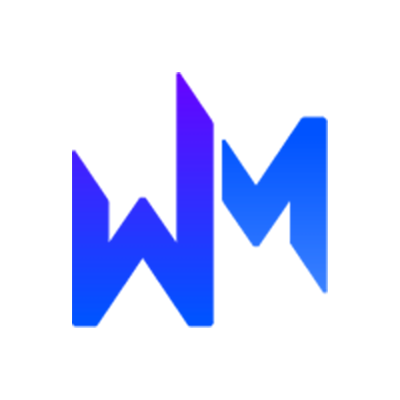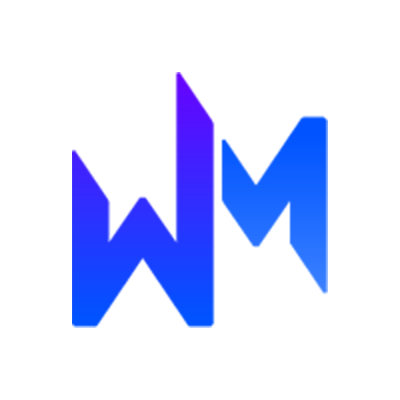Battle of the Catalog Apps

 Like it or not, tablets are the next big thing. In fact, it is predicted that there will be more than 82 million tablet users in the U.S. by 2015, according to Forrester Research.
Like it or not, tablets are the next big thing. In fact, it is predicted that there will be more than 82 million tablet users in the U.S. by 2015, according to Forrester Research.
And, although they are still seen as luxury items by many marketers, smart merchants are quickly realizing the potential for this new gateway to higher conversions. The primary reason is that tablets can provide an immersive and engaging shopping experience for end-users. According to a recent comScore study, almost half of tablet users made purchases on their devices in September 2011.
To take advantage of this highly lucrative avenue of commerce, merchants should be aware of the most current shopping applications designed specifically for tablets. That's the only way they can analyze what works best and know where to focus their time, energy and investment.
Two of the most popular shopping catalog apps for tablets come from TheFind and Google. Each one enables users to interact with, browse and purchase products from retailer catalogs, but that's not to say they are in any way equal to one another.
What follows is a head-to-head comparison of two of today's premier catalog apps for tablets:
The Matchup
In the left corner ...
is TheFind's Catalogue with more than 170 catalogs. This app is an extension of the TheFind's search engine shopping website.
In the right corner...
is Google Catalogs, with more than 125 brands. This app is a revival of Google's original catalog search product, which was abandoned in 2009.
Round 1: Search
TheFind: Consumers can sort catalog issues by category, latest issue or alphabetically, as well as use keywords to directly search catalogs or products.
Google: Consumers can sort content through brand and category, or use the searcheverything option, which utilizes keywords in order to search for a product or catalog match.
Winner: Google - Better category-search options. Besides, how could the search giant really lose this category?
Round 2: Interactive Features
TheFind: Includes augmented reality features, which allows consumers to view products through a camera in order to see how particular items might look inside of a living space.
Google: Includes an interactive price-tag feature that appears on products inside of retailer catalogs. This enables consumers to quickly view a description and price of a product, and allows them to locate selected items at local brick-and-mortar locations.
Winner: TheFind - Augmented reality provides many opportunities for the future of online shopping.
Round 3: Customization
TheFind: Allows consumers to create their own catalogs through saved favorites and recent searches.
Google: Includes a "favorite" section, in which products, pages or catalogs can be saved; and includes a feature that allows users to make collages out of favored products.
Winner: Google - The collage feature is more interactive and aesthetically pleasing.
Round 4: Sharing
TheFind: Consumers can share products from a retailer's catalog through email and on Facebook or Twitter.
Google: Products from a retailer's catalog and user-created collages can be shared through email.
Winner: TheFind - Social-sharing options provide a better opportunity for content and products to go viral.
Round 5: Ease of Purchase
TheFind: Enables products to be purchased without leaving the app.
Google: Enables products to be purchased or located locally without leaving the app.
Winner: Google - Locating products locally will drive customers into brick-and-mortar stores.
Overall Winner
TheFind (in an upset!): Not only does the augmented reality feature make consumers more likely to purchase products, but this app also provides links to news, sales and special offers for each brand when users click on the catalog.

Subscribe to Our Newsletter!
Latest in Software









